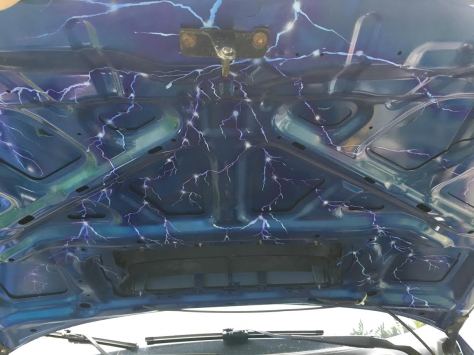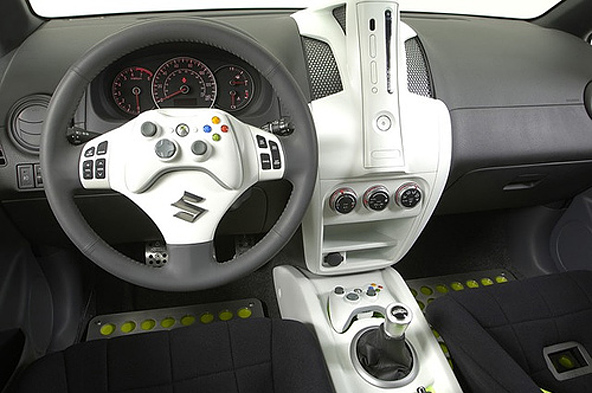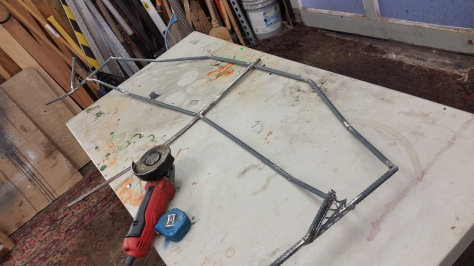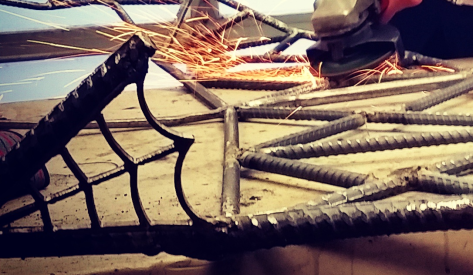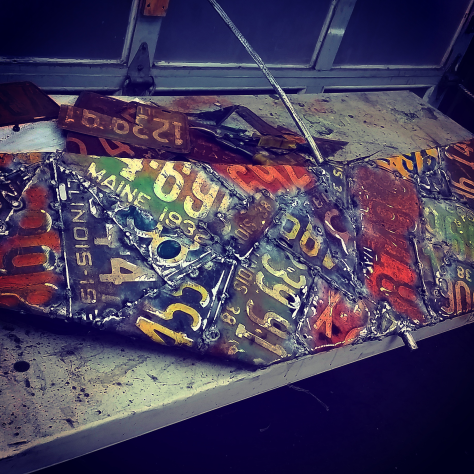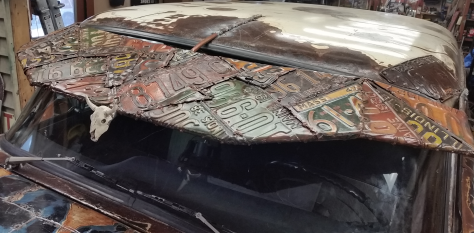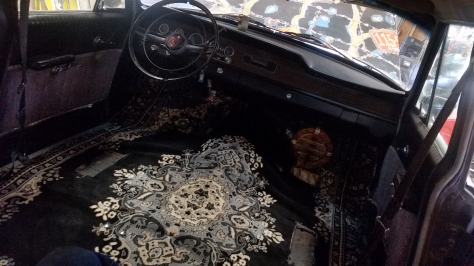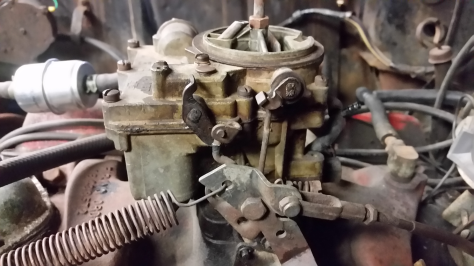The warm weather is finally here! The Checker Marathon is still awaiting some final adjustments, but our daily drivers need some time in the garage first. After a long cold winter, it’s time for some preventative maintenance.
By doing repairs and preventative maintenance yourself, you can save yourself a lot of money and stress, plus you can learn a lot of useful skills and knowledge along the way. It’s also a great opportunity spend time outside with friends and family.

Today at the Rusted and Rebuilt garage, we performed an in-depth exhaust repair on a Ford Fusion. The steel mesh surrounding the flex pipe had rotted out from condensation and old age, causing a large rust hole to form at the end of the flex pipe.
Over time, exhaust systems are heated and cooled to extremely high and low temperatures, and they often experience a lot of condensation. When the condensation builds up in the exhaust system and doesn’t get a chance to fully heat up and evaporate, it can eventually lead to rust and rot, like we can see here.

Once we figured out what part needed to be replaced, we found a replacement part online and began attempting to remove the rusted mess from the bottom of the car.
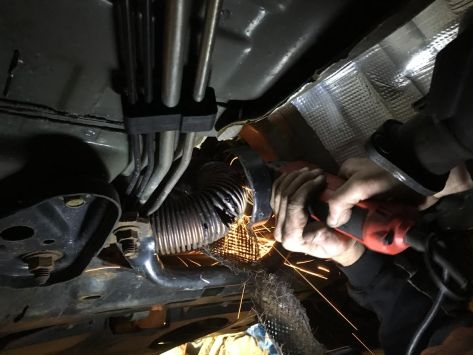
When parts are old and rusted, they usually do not come off easily. Often times, they need to be cut off, ground off, or drilled off. This old flex pipe was pretty stubborn, but after some cutting, grinding, and drilling, we finally had some positive results.
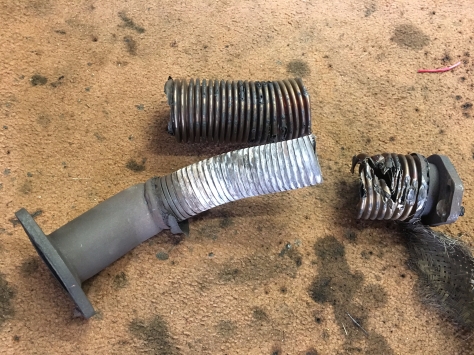
The replacement flex pipe lined up perfectly, but it was almost impossible to reach the top bolts. The old flex pipe can be taken off with a grinder, but the new one certainly can’t be installed with a grinder. The only way to reach the top bolts was to use an extremely long ratchet extension with a swivel head to turn the bolt head from up above.
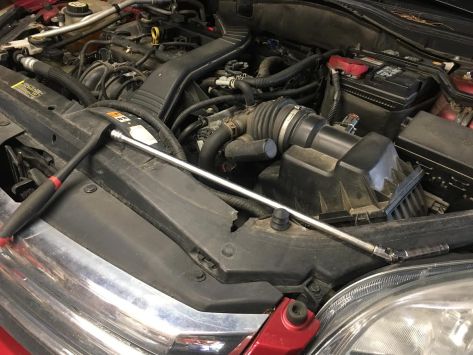
After a long and painful installation, the Fusion is ready for it’s yearly inspection. It took several hours over the course of two days, but it was worth the effort.
This type of repair would cost hundreds of dollars to send to a mechanic, between the cost of labor and the mark-up on parts. By doing repairs ourselves and buying parts online from the manufacturer, we can save a lot of money, as long as we don’t mind sacrificing some time and energy.
The best part is knowing that the work is getting done correctly with high quality parts, and that we are doing our part to extend the lives of our vehicles. If you take care of things, they last.
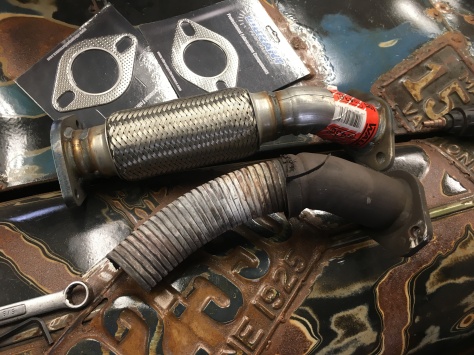
Also, huge shoutout to Jeremy and Matt at George’s Tire Place in Warren for hooking me up with new valve stems and plugging a leak in one of my tires. I’ve had a small leak in my tire that I haven’t been able to find for months, and these guys had the tire patched and ready to roll in less than an hour. I highly recommend going to George for all of your tire needs. Everyone who works there does a great job fixing and balancing tires, and all of their prices are unbeatable.
